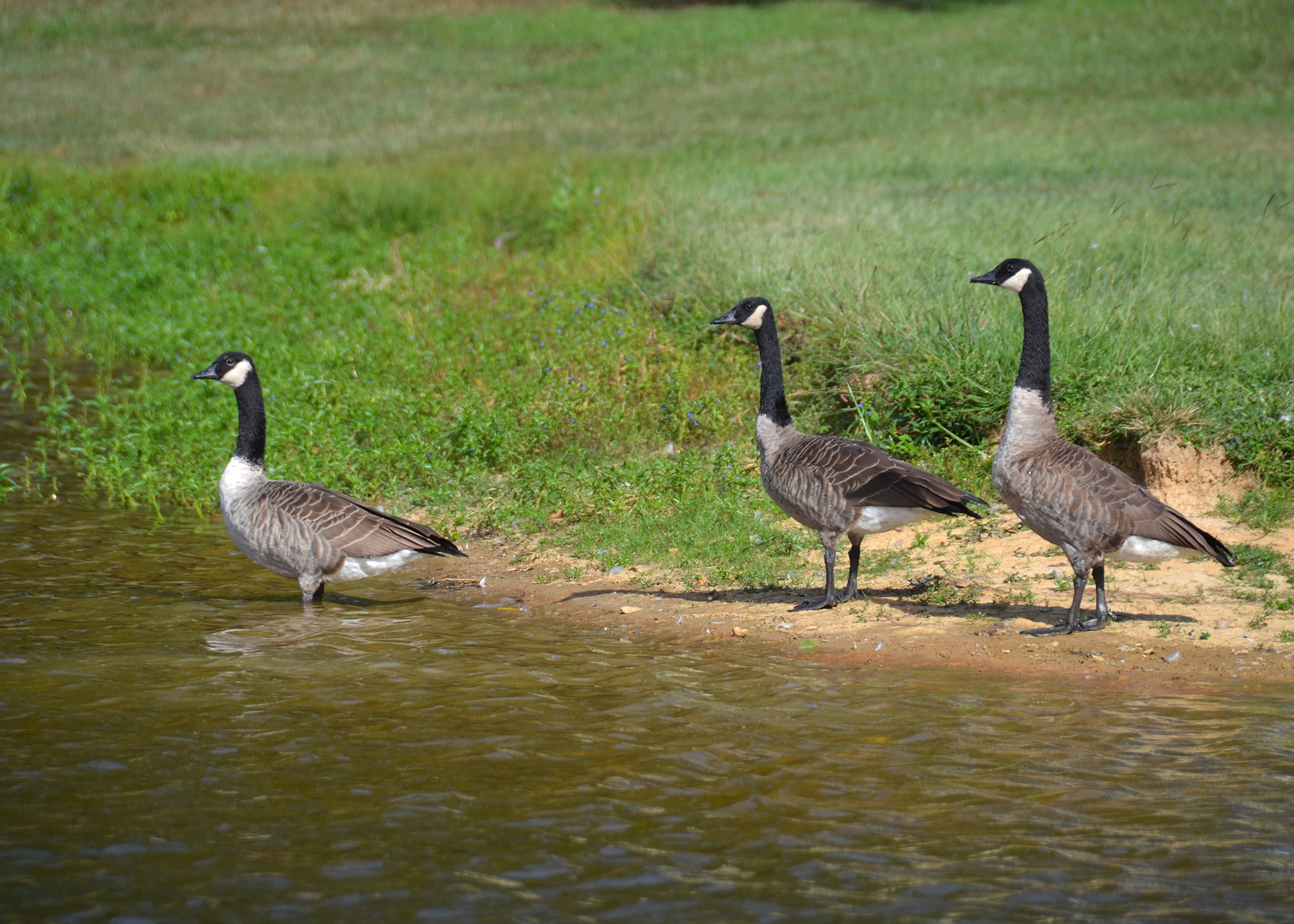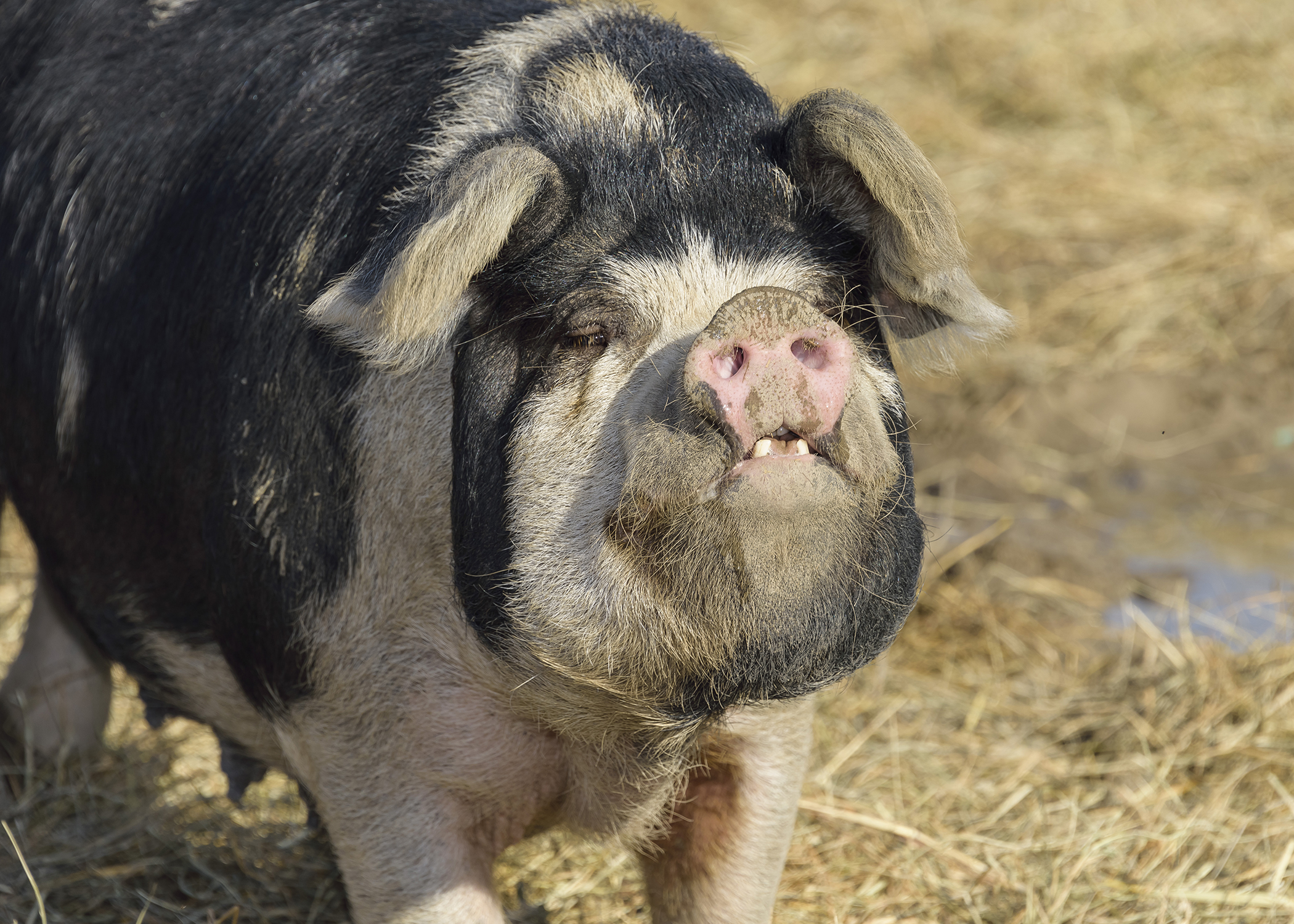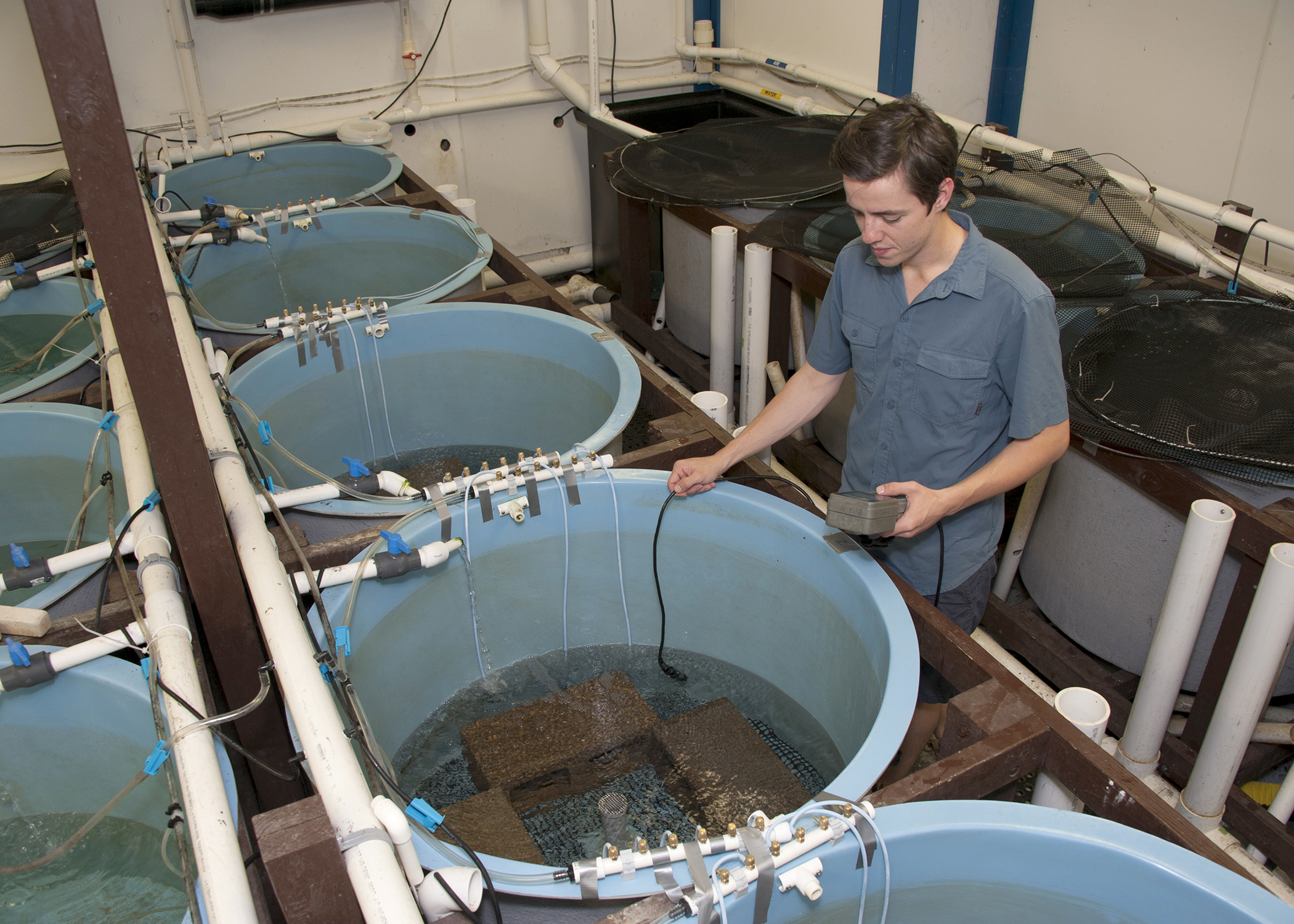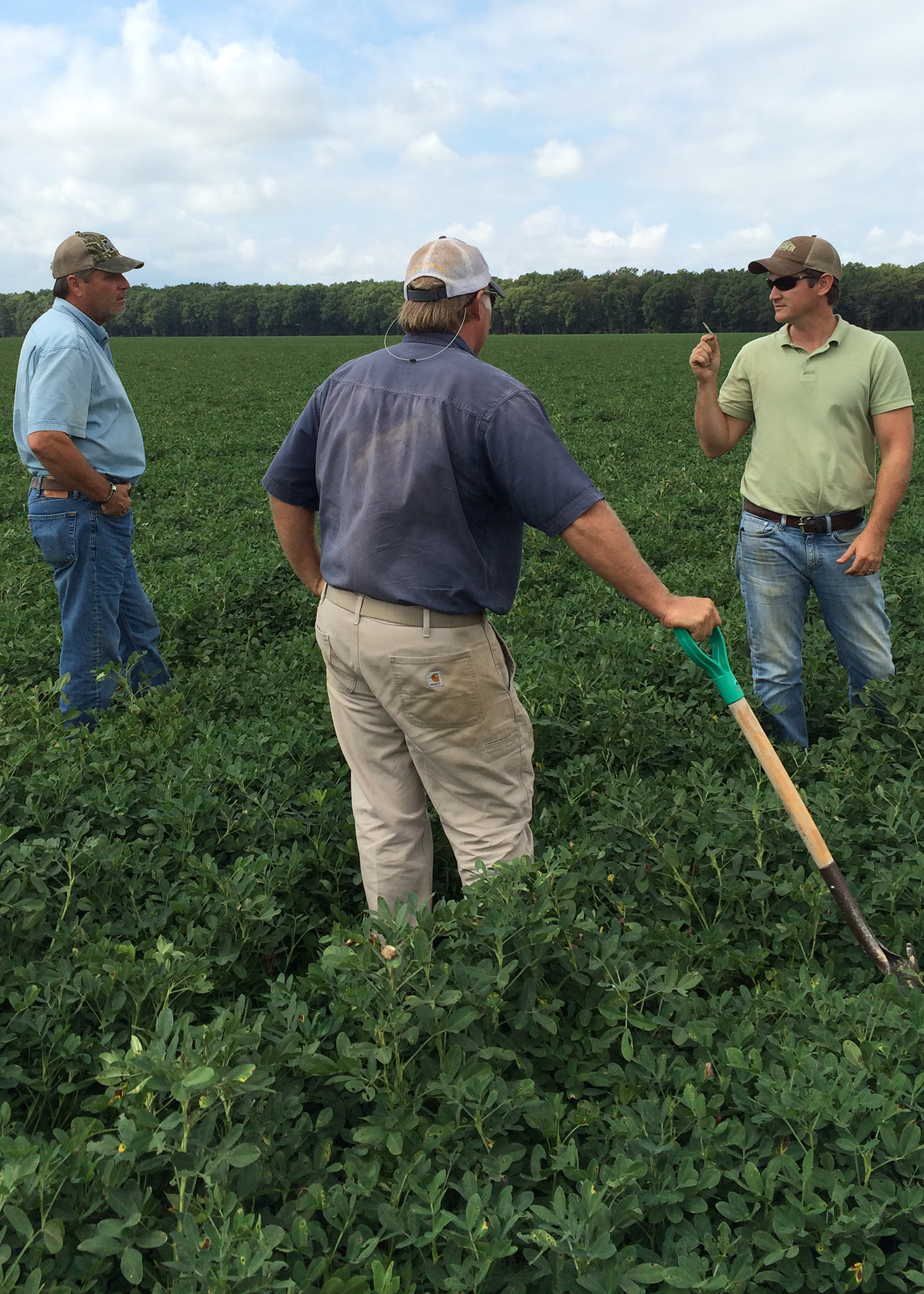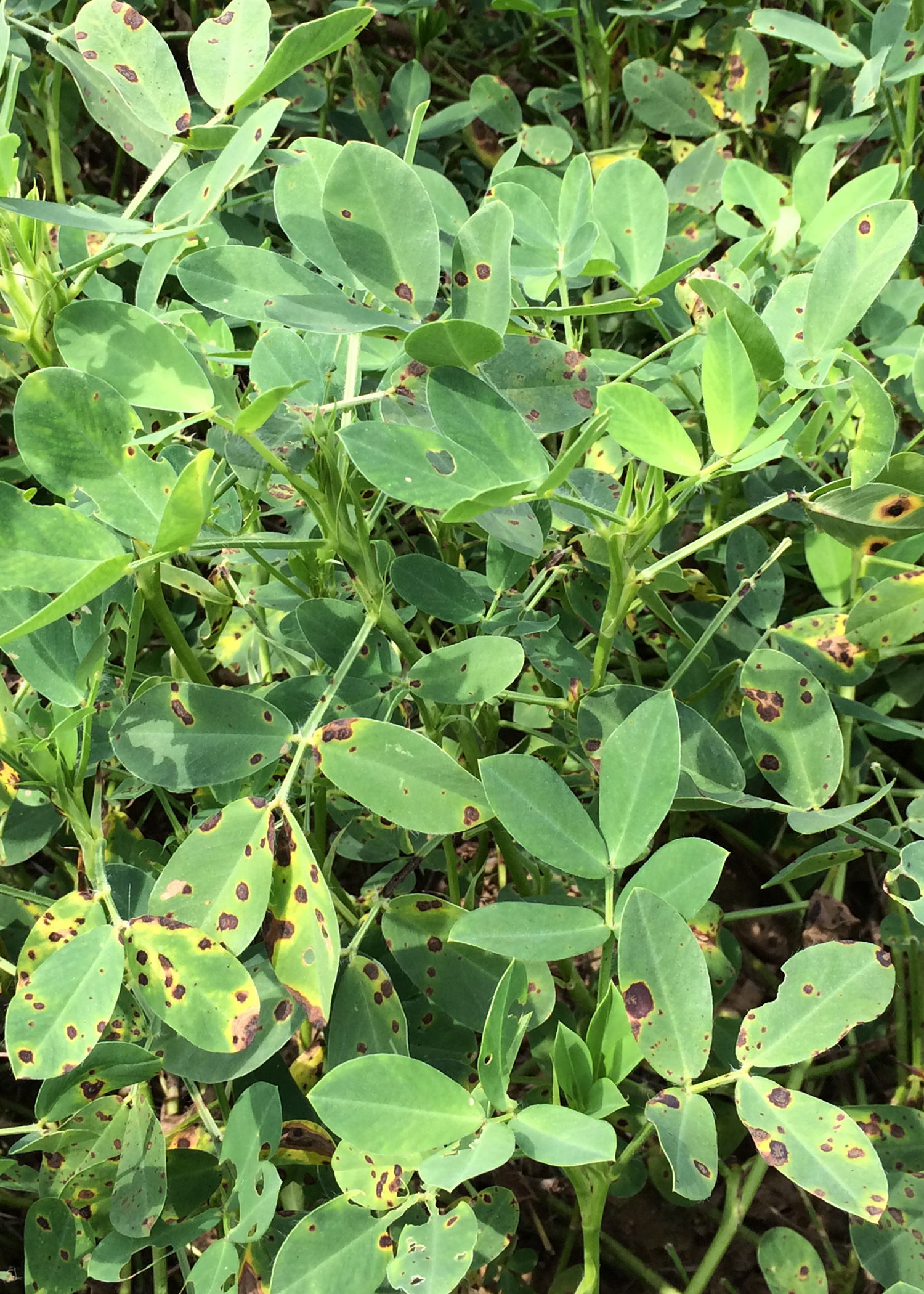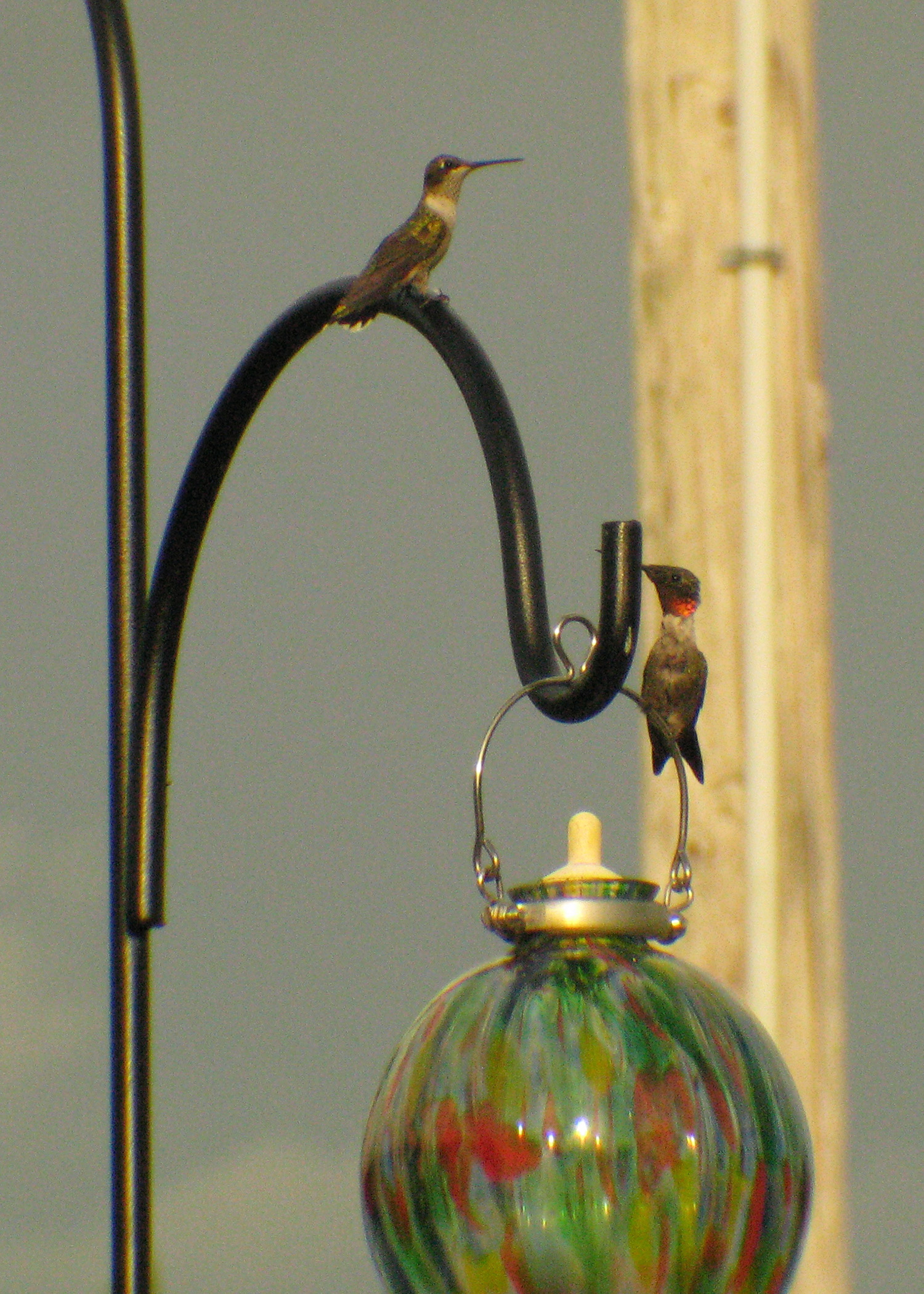STARKVILLE, Miss. -- When brooding chicks are warm, they grow well in poultry houses, but when heaters are not operating efficiently, it drives up the already high cost of broiler production.
This is the problem John Linhoss, an animal environment specialist with the Mississippi State University Extension Service, took on for his doctoral research. The study was done in cooperation with the U.S. Department of Agriculture-Agriculture Research Service’s Poultry Research Unit in Starkville.
JACKSON, Miss. -- The sound of Canada geese calling overhead from their V-formation used to be the telltale sign that autumn had arrived. These days, residents of the Eastern U.S., including Mississippi, can hear this sound nearly year-round.
In many urban areas, geese commonly greet people taking a morning stroll or walking into work. Others, like myself, have been aggressively escorted off the 18th hole at the local golf course by adult geese protecting their young. Simply put, there are two types of people: those who love geese and those who do not.
STARKVILLE, Miss. -- Specialty markets in pork production are cropping up across the U.S. in response to a growing interest in pasture-raised pigs.
Before the 1960s, most U.S. pork was raised in outside lots or on pasture systems. Commercial pork production today generally relies on large warehouse-like buildings or barns that house sows and pigs in stalls or pens.
By M.K. Belant and Keri Collins Lewis
MSU Ag Communications
STARKVILLE, Miss. -- Nature offers a narrow and unpredictable window for breeding fish, and Mississippi State University scientists are studying ways to help hatcheries stock the state’s lakes.
What if conditions could be controlled within hatcheries so the intense seasonal workload could be dispersed over time? This ability would be especially beneficial for the popular black, white, and hybrid triploid Magnolia crappie.
NEWTON, Miss. -- Mississippi State University’s Coastal Plain Branch Experiment Station is completing a transformation from the state’s premier dairy research facility to a site that focuses on land management.
STARKVILLE, Miss. -- Mississippi farmers planted more peanuts in response to economic factors that made the crop an attractive choice this year, but a lack of rain now has them expecting average yields.
Mississippi has 42,000 acres of peanuts this year, up 45 percent from what was planted in 2014. The U.S. Department of Agriculture estimates 84 percent of the crop is in fair to good condition.
STARKVILLE, Miss. -- Mississippi summers bring unbearable heat and humidity, but they also bring many treasures, like longer days, more vacation time and hummingbirds.
Many Mississippi residents can’t wait to fill up their feeders with a sugary concoction and wait for the buzzing of those amazing little wings. These tiny birds migrate south before cold weather arrives in the fall. Hummingbirds winter in Central and South America, and they return to Mississippi in early spring.
STARKVILLE, Miss. -- Grandparents provide a loving, low-cost and flexible alternative to center-based child care for many families across Mississippi. The benefits to the parents, children and grandparents in these situations are significant for many reasons.
Nearly 11 million children under the age of 5 in the United States go to some type of child care for an average of 36 hours each week. Some children are in multiple child care settings because of their parents’ nontraditional working hours.
STARKVILLE, Miss. -- Mississippi State University experts found an invasive insect that attacks crape myrtles on the coast this spring and now have spotted the pest in two cities on opposite ends of the state.
The insects are crape myrtle bark scale, or CMBS, and they were found March 15 in Ocean Springs in Jackson County. In August, the insects were detected at five locations in Olive Branch and Southaven in DeSoto County.



